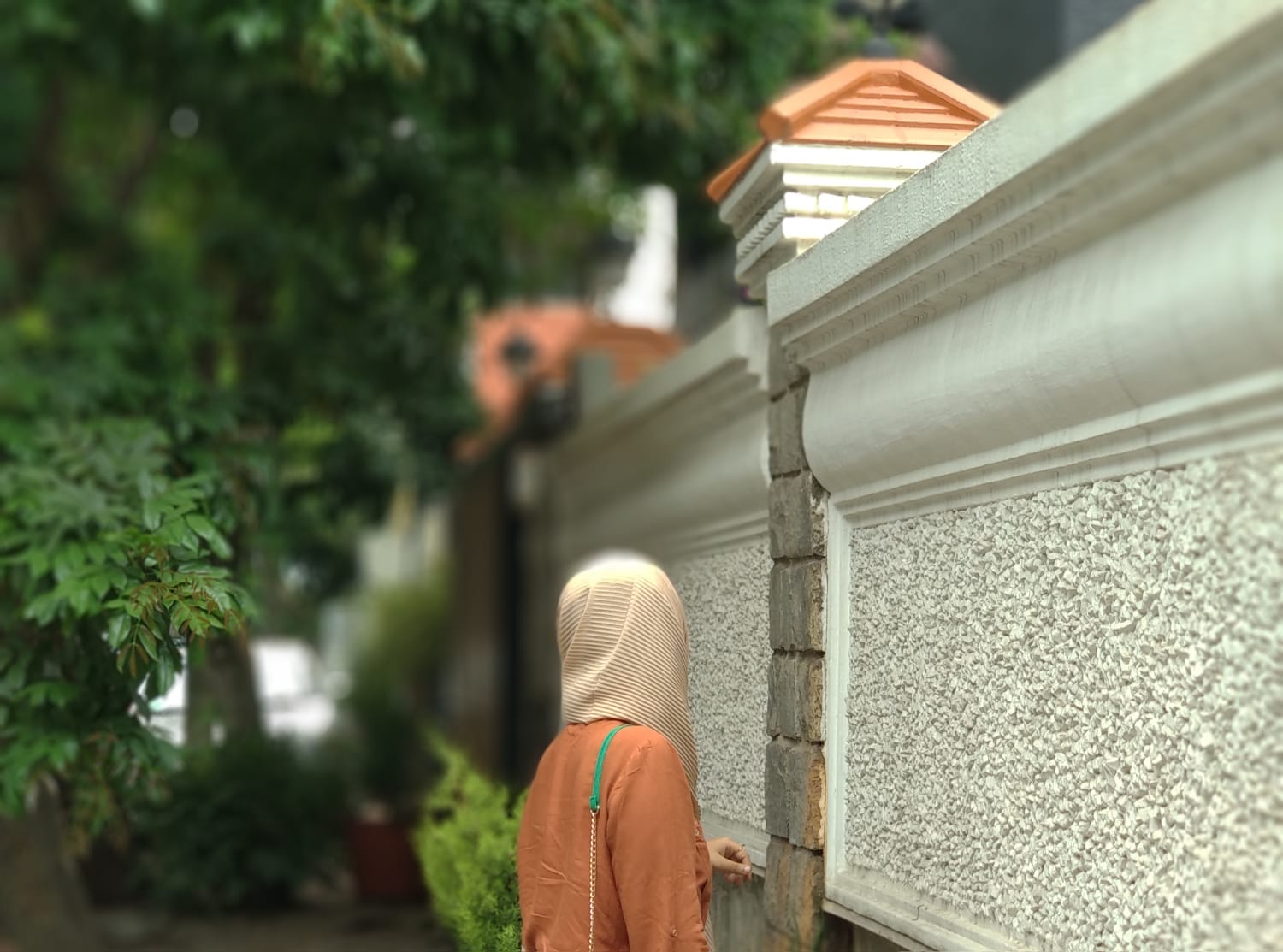
 Data Structure
Data Structure Networking
Networking RDBMS
RDBMS Operating System
Operating System Java
Java MS Excel
MS Excel iOS
iOS HTML
HTML CSS
CSS Android
Android Python
Python C Programming
C Programming C++
C++ C#
C# MongoDB
MongoDB MySQL
MySQL Javascript
Javascript PHP
PHP
- Selected Reading
- UPSC IAS Exams Notes
- Developer's Best Practices
- Questions and Answers
- Effective Resume Writing
- HR Interview Questions
- Computer Glossary
- Who is Who
Maximum count of characters that can replace ? by at most A 0s and B 1s with no adjacent duplicates
The aim of this article is to implement a program maximum count of characters that can replace? by at most A 0s and B 1s with no adjacent duplicates.
Given a couple of integers A and B, both of which that represent the number of 0s and 1s that are accessible, and a string Str with only the special characters "*" and "?" The aim is to determine the greatest number of characters that may be used in the '?' position without causing any neighboring characters to be identical.
Example 1
Let us give the input string str = "*??*??*", A = 5, B = 2 Output obtained is : 4
Explanation
You can change the string to "*01*01*". Therefore, (2 + 2 = 4) characters are the most that can be used in the location of "?"
Example 2
Let us give the input string str = "*??*???*", A = 5, B = 0 Output obtained is : 3
Explanation
You can change the string to "*0?*0?0*". Therefore, (1 + 2 = 3) characters are the most that can be used in the location of "?"
Example 3
Let us give the input string str = "*??*??*", A = 0, B = 2 Output obtained is : 2
Explanation
You can change the string to "*?1*?1*". Therefore, (1 + 1 = 2) characters are the most that can be used in the location of "?"
Problem Statement
Implement a program to find Maximum count of characters that can replace ? by at most A 0s and B 1s with no adjacent duplicates
Algorithm
The algorithm to find the Maximum count of characters that can replace ? by at most A 0s and B 1s with no adjacent duplicates given below
Step 1 Define a Function to determine the maximum count of characters "A" and "B," which can fit in the position of "?"
Step 2 Define a string str and the variable l is defined as the size or length of the string.
-
Step 3 Define an integer variable current.
The variable current is defined to Store the current or the present count of '?'s and it //is set to zero
Step 4 Define an array segLengths[] in order to store the lengths of adjacent segments of '?'s
Step 5 Traverse the string and check if the character is ??'. If so then, increment the current variable by 1
Step 6 check whether current is equal to 0 or not. If not, then we have to re-initialize the current variable to zero
Step 7 Define an integer Variable for storing the maximum count
Step 8 define an integer variable "halfX" to store half of each elements in the array named segLengths[]
Step 9 define an integer variable "halfY" to store half of each element with its remainder
Step 10 If aCount is greater than bCount, then increment the maxCount by minimum of aCount and halfX
Step 11 Update the aCount
Step 12 Increment the maxCount by minimum of bCount and halfY
Step 13 Update the bCount
Step 14 Return the maxCount obtained
Example (C Program)
Here is the C program implementation of the above written algorithm to find the maximum count of characters that can replace ? by at most A 0s and B 1s with no adjacent duplicates.
#include <stdio.h>
#include <string.h>
int maximumChar(char *str, int aCount, int bCount){
int l = strlen(str);
int current = 0;
int segLengths[100];
int segCount = 0;
for (int i = 0; i < l; i++) {
if (str[i] == '?') {
current++;
} else {
if (current != 0) {
segLengths[segCount++] = current;
current= 0;
}
}
}
if (current != 0) {
segLengths[segCount++] = current;
}
int maxCount = 0;
for (int i = 0; i < segCount; i++) {
int halfX = segLengths[i] / 2;
int halfY = segLengths[i] / 2 + segLengths[i] % 2;
if (aCount > bCount) {
int temp = aCount;
aCount = bCount;
bCount = temp;
}
maxCount += (aCount < halfX ? aCount : halfX);
aCount -= (aCount < halfX ? aCount : halfX);
maxCount += (bCount < halfY ? bCount : halfY);
bCount -= (bCount < halfY ? bCount : halfY);
}
return maxCount;
}
int main(){
char str[] = "*??*??*";
int aCount = 5, bCount = 2;
printf("%d
", maximumChar(str, aCount, bCount));
return 0;
}
Output
On execution, it will produce the following output
4
Conclusion
Likewise we can find the Maximum count of characters that can replace ? by at most A 0s and B 1s with no adjacent duplicates. The challenge of obtaining the program to find the Maximum count of characters that can replace ? by at most A 0s and B 1s with no adjacent duplicates" is resolved in this article. Here C programming code as well as the algorithm to find the Maximum count of characters that can replace ? by at most A 0s and B 1s with no adjacent duplicatesare provided.

